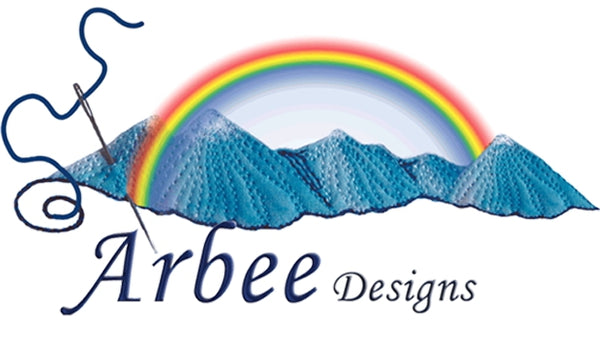My new flower block this month is Hellebore.... common name is Winter Rose. Last month you may have remembered my Amaryllis Belladonna that looked like a lily, but wasn't in fact a lily.... well, Winter Rose isn't actually a rose. It is in the Ranunculaceae family (buttercup) and not closely related to the rose family.... but it is as pretty as a rose in any case!
The block can be made in several ways, and I decided to use just one fabric for the flowers (the pattern includes both individual petals and whole flowers, so you can choose how you make yours). Hellebore come in many different colors too, which makes the block suitable in all sorts of creations. Here are some ideas:
Creative Possibilities
This applique block is versatile and can be incorporated into various quilting projects:
● Garden-Themed Quilts: Pair it with other floral blocks for a blooming masterpiece. See our BOW collection for other flower blocks.
● Mini Wall Hangings: Showcase the block as a standalone piece.
● Table Runners & Cushions: A charming way to bring flowers indoors year-round to adorn your table or sofa and other decor.
● Tote & Apron Decoration: Use it for a pocket on a tote or apron.
For a unique twist, remember to experiment with different color palettes too!
For my block, I chose to use one fabric for the whole flower instead of cutting out individual petals. When using one fabric like this, make sure you use one that is variegated rather than a solid.... I chose this fabric that is one color but fades out in places. It tends to make the flowers look more realistic.

Choosing threads is fun, but can be a little challenging if you don't have a lot of choices. I picked a yellow-green thread for the stamen stitching. This is slightly different from the center fabric to make sure they stand out a little.

I wanted to use dark stitching between the petals to make them stand out so this will be added after I stitch the petals down in a matching pink.

And although I used a number of different green fabrics, I only needed 3 thread shades to stitch them. A light-medium, medium, and dark.

The best tip I can offer when matching thread colors to fabric is, you don't actually have to match them exactly (that's near impossible anyway), but remember to choose a thread that is slightly darker than the fabric instead of lighter.
After all the stitching is complete, I use free-motion, my block looks like this:

And here's a close up of the flowers... Look how the darker thread outlines and defines the petals and leaves nicely.

If you'd like to give this Hellebore flower a try, you can find the pattern here: Hellebore flower block pattern



